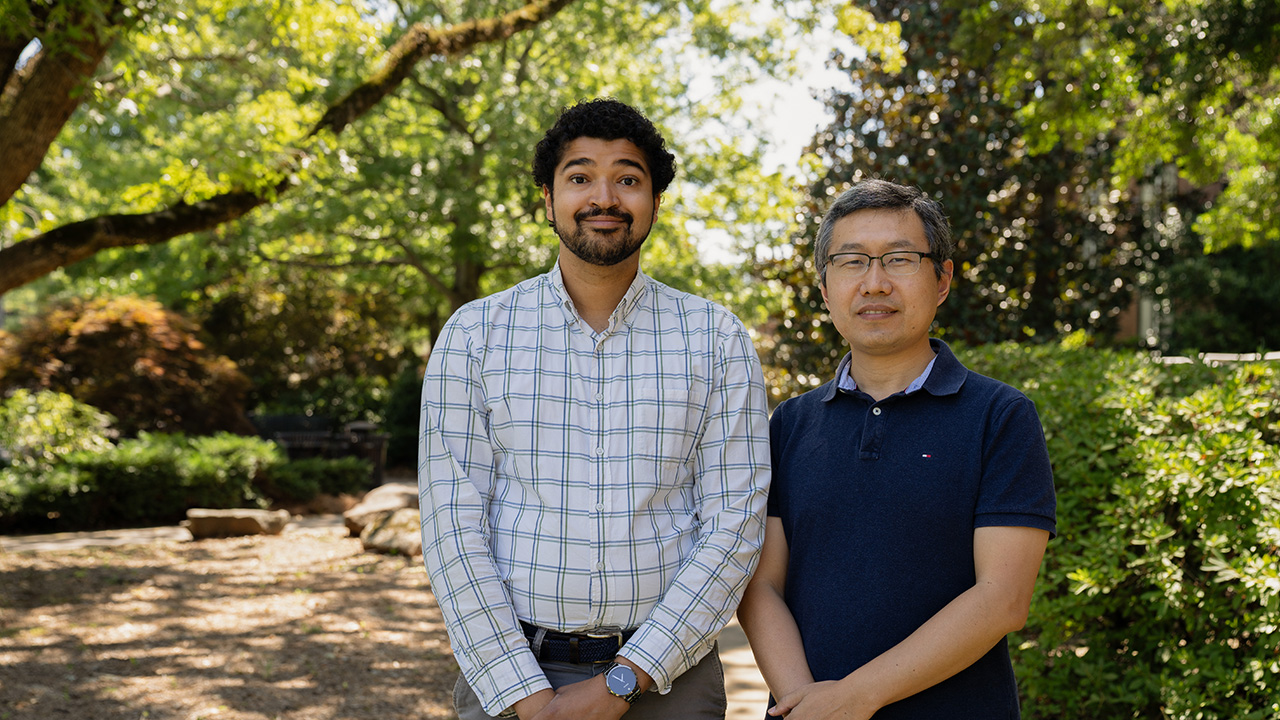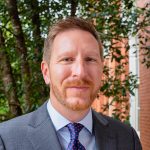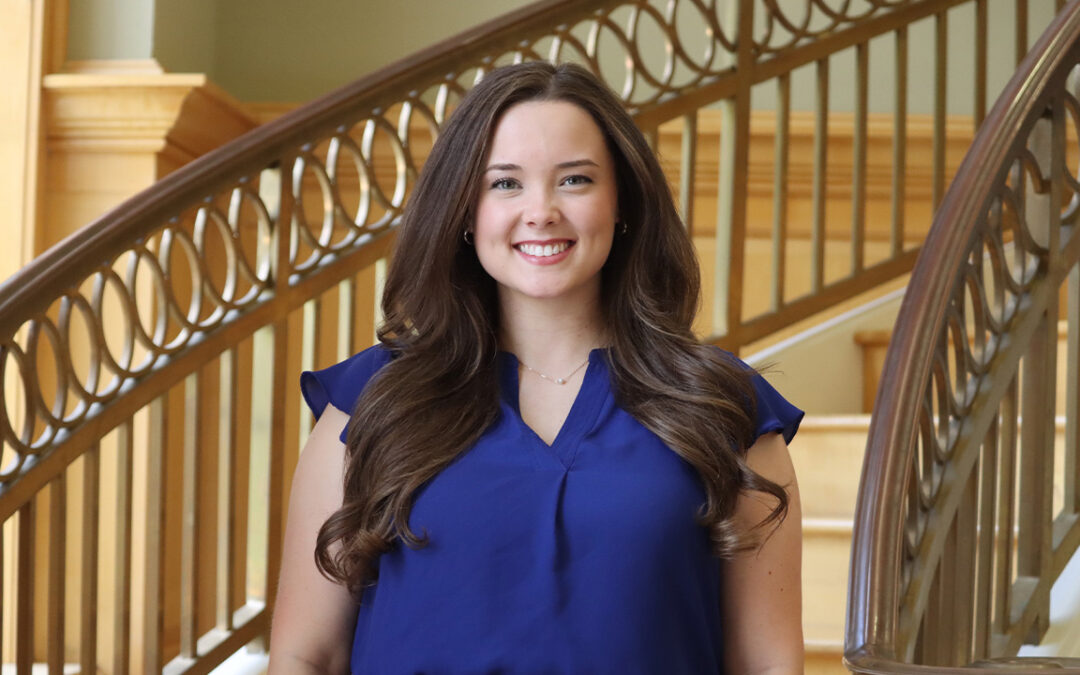Researchers at Auburn University aim to reduce U.S. greenhouse gas emissions due to agriculture by modifying one of the world’s largest voluntary conservation programs: the USDA’s 25-million-acre Conservation Reserve Program (CRP).
A team of agricultural economists from the Alabama Agricultural Experiment Station was awarded $650,000 by the National Institute of Food and Agriculture to study how the CRP can best select land to include in the program. The team will build a sophisticated simulation model to ensure the CRP is getting the biggest impact per taxpayer dollar when choosing land for the program.
“If you consider the size of CRP is close to 10% of all American cropland, that’s not a small amount,” said Ruiqing Miao, Auburn associate professor and leader of the grant team.
With 25 million acres, how the program chooses which land to include will affect not only greenhouse gas emissions but also crop prices, wildlife populations and the natural environment. The team of economists must find the optimal mixture of factors and predict the environmental and economic impact of the program before making recommendations to policymakers.
The Conservation Reserve Program was created in 1985 to lessen soil erosion and control the surplus of crops that was driving down profits for farmers at the time. Farmers would offer their land to the program and, if selected, were paid to convert their cropland into grassland or forests for 10- to 15-year spans.
Lawmakers in the 1990s added other considerations, like wildlife habitat cover, water quality and air quality to the list of factors for selecting land. The new considerations reflected changing societal concerns. A complex enrollment mechanism called the environmental benefits index (EBI) was created to help the CRP weigh these new factors when choosing land for the program. Each parcel of land offered to the program was assigned an EBI score and land was selected, highest to lowest EBI score, until the program’s acreage cap was met.
Today, the USDA is exploring ways to use the program to mitigate U.S. greenhouse gas emissions, reflecting increasing societal concerns. Roughly 10% of U.S. emissions are from the agriculture sector, according to the Environmental Protection Agency.
The grant team’s model will help find the best balance between all factors and estimate the environmental and economic impact the program will have. The process is complex and builds on an existing model developed at Auburn.
“I think of it as ‘gene editing’ for the CRP program,” Miao said. “CRP has a few ‘genes’ — the environmental and economic factors considered during enrollment. If you change one, the performance of the whole program may change.”
Currently, the ability for land to sequester carbon is given only 10 points in the EBI weighting system, compared to 100 points each to wildlife, water quality and soil erosion. Miao and his grant team will explore how changing the priority of the factors will impact the environment and the economy and help meet the USDA’s goals.
“Maybe it’s time to redirect the program to meet the new needs of society,” Miao said.
Miao hypothesizes that a greater emphasis on carbon sequestration will mean more land from Alabama and the Southeast is selected for the CRP. Trees sequester more carbon than grasslands. So, heavily forested Alabama and the Southeast might gain an edge over the Midwest, where the greatest proportion of CRP land is today. Alabama farmers looking for guaranteed annual income for 10-15 years may find the program appealing.
Before the model can be built, Miao and the grant team must first gather heaps of new data on carbon sequestration on CRP land. The grant team partners at Iowa State University will test the soil on lands in the Midwest that have been enrolled in the CRP program for 10, 20 and 30 years. The team will use this data to project the ability for land to sequester carbon over time.
Miao and his team will also explore farmers’ motivations and interests in the program through a nationwide survey.
“The survey seeks to better understand landowners’ decision-making process in enrolling cropland into the CRP. In particular, how the presence of carbon markets might enter into this CRP enrollment decision,” said Wendiam Sawadgo, who is an assistant professor in the Department of Agricultural Economics and Rural Sociology at Auburn University and a co-PI of the project.
The results of the survey will help administrators of the CRP to better encourage farmers to offer their land for enrollment in the program.
In addition to the direct environmental benefit of having 25 million acres of arable land converted to grassland or forest, the program has many indirect benefits, such as the reduced water, pesticide and fertilizer usage caused by taking that land out of production. The program’s impact on the farming community remains to be researched.
The three-year program is in its beginning stages now. Chaoqun Lu and Marshall McDaniel of Iowa State University are also members of the grant team.
To learn more about the Conservation Reserve Program, visit the program’s website. The program offers enrollment periods throughout the year for specific types of land.





